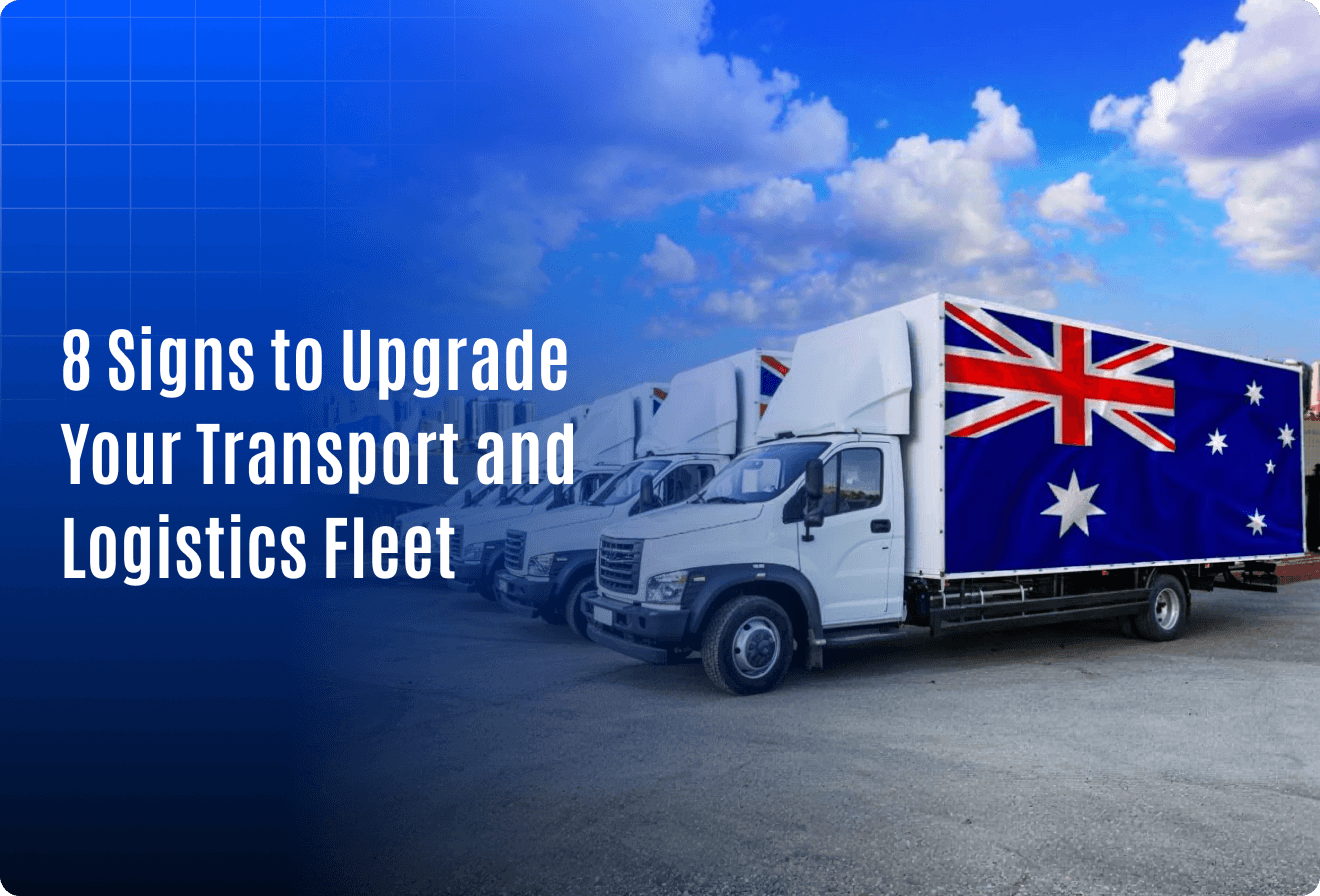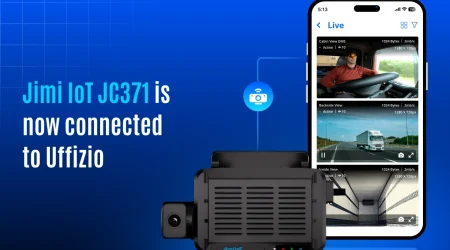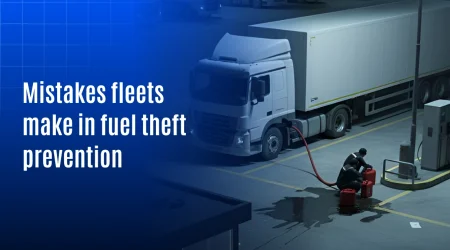8 Signs Your Transport and Logistics Business in Australia Needs Fleet Management Software

Australia’s transport and logistics industry is evolving rapidly and not every business is keeping pace. According to Infrastructure Australia, the domestic freight task is projected to grow by 26% by 2050. At the same time, operators are already grappling with rising fuel prices, increasing delivery volumes, stricter compliance regulations, and a growing shortage of skilled drivers. For many, these challenges are no longer future concerns; they’re already impacting margins and operations today.
Fuel costs alone rose by more than 12% in 2023, creating a major strain on fleet budgets. Combined with unplanned vehicle breakdowns, manual paperwork, and limited visibility into vehicle locations or driver performance, the pressure is mounting. If your business is still relying on outdated tools like spreadsheets, paper logs, or phone-based dispatching, the warning signs are likely already showing.
This is where adopting fleet management software along with maintenance tracking can truly transform your operations. More than just a tracking solution, it helps you streamline operations, cut costs, and ensure your vehicles and teams perform at their best.
In this blog, we’ll walk through eight unmistakable signs that it’s time to upgrade. If even a few of these resonate with you, chances are your fleet is holding back your business and it’s time to fix that.
1. Frequent vehicle breakdowns disrupt operations
Unexpected breakdowns cost more than just repair bills. They delay deliveries, impact client relationships, and disrupt schedules.
If your fleet is always reacting to problems instead of preventing them, it’s time for a change.
What you need:
- Preventive maintenance scheduling
- Service alerts based on mileage or time
- Complete vehicle health history
With fleet maintenance management software, you avoid breakdowns before they happen keeping your business moving.
2. Fleet management provides real-time tracking
In a digital-first industry, calling drivers to check their whereabouts is outdated and inefficient.
If you don’t have real-time visibility into your vehicles, you’re missing out on opportunities to optimize routes and reduce idle time.
What you need:
- Live GPS tracking
- Route deviation alerts
- Trip replay features
Fleet management software gives you full control and visibility helping you make quick, data-driven decisions.
3. Fuel costs keep rising with no clear reason
Fuel can make up 30–40% of your fleet’s operating costs. Unmonitored idling, unauthorised trips, and inefficient routing can silently drain your fuel budget.
What you need:
- Trip-wise fuel consumption reports
- Fuel refill and drain alerts
- Driver behaviour insights
With real-time fuel monitoring, you can identify wasteful patterns and take immediate action.
4. You’re drowning in manual records and spreadsheets
Manual systems may have worked when your fleet was small. But as your business grows, so does the complexity.
Signs you’ve outgrown manual processes:
- Maintenance logs scattered across emails and notes
- Delayed response to vehicle issues
- No unified dashboard for decision-making
Fleet management software consolidates everything in one place saving time and reducing errors.
5. Delivery delays are becoming too common
Late deliveries affect your reputation and revenue. If poor route planning, lack of live tracking, or last-minute vehicle issues are causing delays, it’s time to upgrade.
What you need:
- Automated route optimisation
- Real-time ETA updates
- Driver duty and shift management
Your clients expect on-time service software to help you deliver it, every time.
6.Effective fleet management must include driver behaviour
Your drivers are the face of your transport business. But without data, you can’t manage performance or ensure safety.
What to monitor:
- Harsh braking and acceleration
- Overspeeding incidents
- Excessive idling or off-route driving
Tracking this with fleet software allows you to coach drivers, reduce risks, and cut fuel and maintenance costs.
7. Compliance is becoming a burden
Australia’s transport industry is governed by strict rules including NHVR fatigue laws, maintenance documentation, and inspection records.
Manually tracking compliance is risky and time-consuming.
What you need:
- Digital vehicle inspection checklists
- Automated compliance logs
- Easy access to service and driver reports
Fleet management systems take the stress out of audits and keep you ahead of regulations.
8. Struggling to scale fleet management without losing control?
Growing your fleet should mean growth in revenue not more headaches.
If scaling up results in miscommunication, missed maintenance, or delivery errors, you’ve outgrown your current system.
What you need:
- Multi-branch vehicle tracking
- Centralized fleet dashboards
- Modular features that scale with your needs
Fleet software is built to grow with you not slow you down.
Local insight: why this matters in the Australian market
Australia’s unique landscape, vast distances, harsh conditions, and regional spread makes fleet reliability and efficiency even more critical. Whether you’re operating refrigerated trucks across Queensland or running last-mile deliveries in Melbourne, fleet software gives you the control and clarity you need to operate with confidence.
And as the industry leans further into automation and sustainability, the businesses that adopt digital fleet tools today will be tomorrow’s market leaders.
Summary: Know the Signs, Take the Lead
Here’s a quick recap. If your business is facing:
- Frequent breakdowns
- Missed deliveries
- High fuel costs
- Compliance headaches
- Poor driver visibility
- Paper-based maintenance logs
- Scaling problems
Then it’s time to switch to fleet management software with integrated fleet maintenance management software to support long-term performance.




